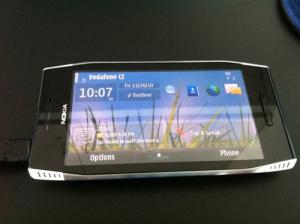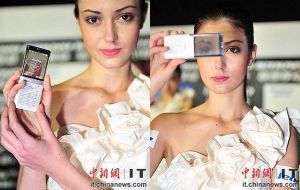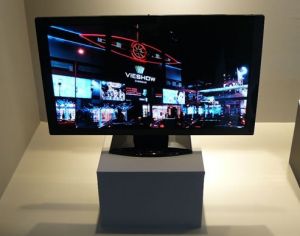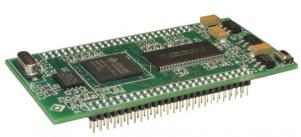We don't usually post about OLED concepts, but here's an interesting design: a mobile phone that uses a 'double-display' which is an OLED display on top of an E Ink display, and both are transparent. You can switch between the displays: so when power is low, you can use the E Ink to conserve battery. A nice touch is that if you're using the E Ink display, the degree of transparency of the display shows how much battery is remaining. The more transparent the display, the less battery remaining. Nice.
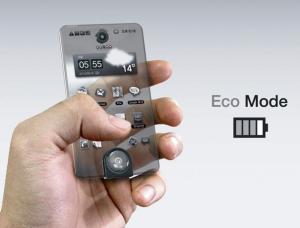
This is pretty far reaching, and we're not sure if it's possible to create a transparent E Ink. But maybe a nice touch is the 'more transparent the display is, the less battery remaining'. Perhaps it can be used in OLEDs as well: the less power, the less bright the OLED is...
